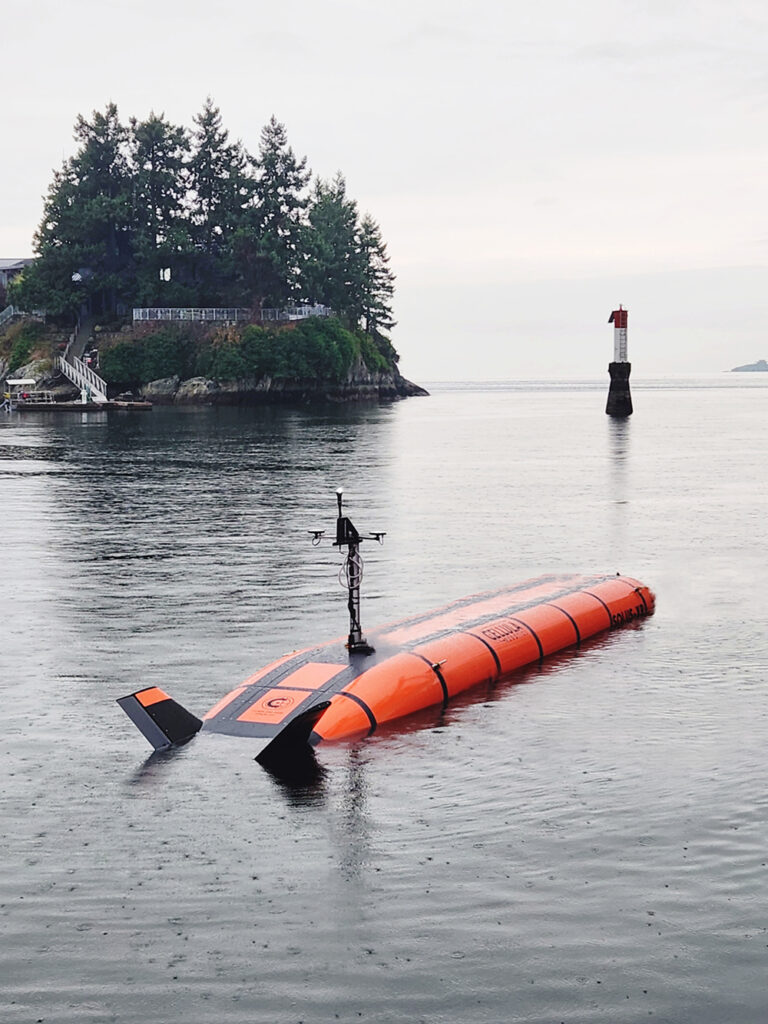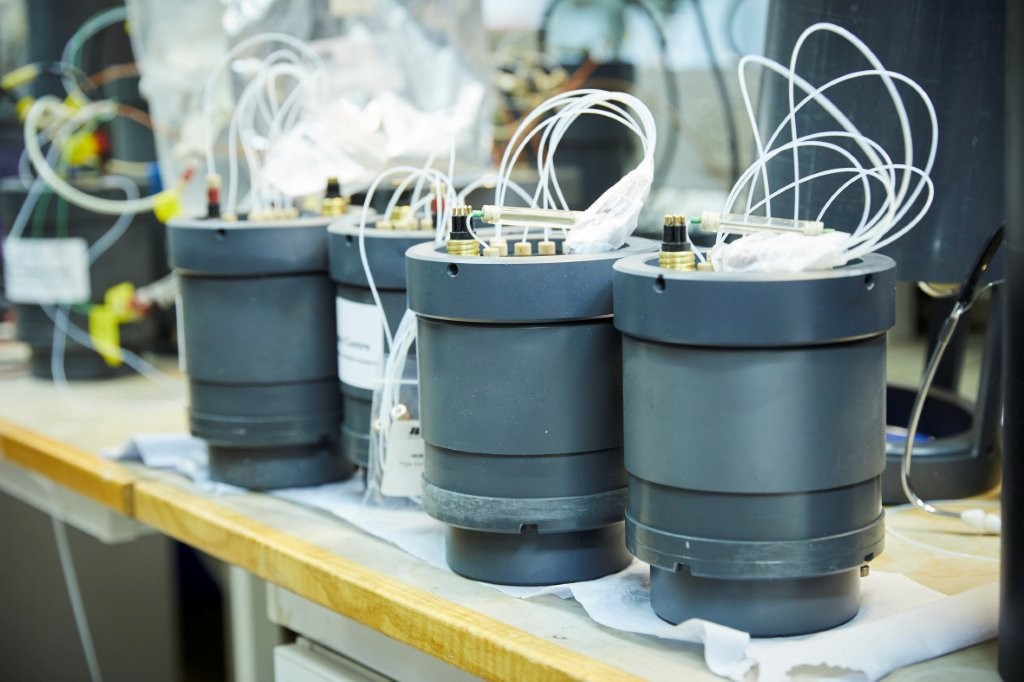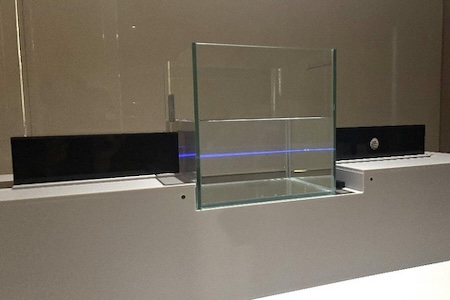
Autonomous Underwater Vehicles (AUV)
Discover cutting-edge solutions from 9 leading global suppliers
The UK’s National Oceanography Centre (NOC) has received funding to bring next-generation sensing capabilities to its marine autonomous systems fleet for use in advancing sustainable ocean science.
This funding will support three projects by leading scientists and engineers at NOC to develop advanced sensors targeting 10 different biogeochemical essential ocean variables, from physics to nutrients and carbon. These will then be integrated onto autonomous underwater vehicles (AUVs) such as gliders and NOC’s Autosub Long Range (ALR).

These advances will be made available to the UK marine science community through the UK’s National Marine Equipment Pool, which is considered to be the largest centralized marine scientific equipment pool in Europe, as part of the National Marine Facilities managed by NOC.
The £4 million funding was awarded by the Natural Environment Research Council’s (NERC’s) Future Marine Research Infrastructure (FMRI) program, supporting its Accelerating Adoption of Sensor Innovation (AASI) initiative. This aims to show how innovation in marine sensor technology can be translated into deployable autonomous research capabilities.
The funding will support three cutting-edge sensor development projects, the integration of these sensors into autonomous platforms, enhancing data management systems, and targeting comprehensive validation trials by summer 2026.
Autonomous Sensors for Fast In-Situ Measurements of Nutrient Ocean Variables (ASIMOV)
Led by Dr. Allison Schaap, ASIMOV aims to enhance the performance, speed, and reliability of nitrate and phosphate lab-on-chip sensors for deployment on Teledyne Slocum gliders.
Marine Sensors for Carbon Observations (MaSCOt)
Led by Dr. Socratis Loucaides, MaSCOt focuses on advancing and optimizing high-accuracy and precision lab-on-chip sensors for the marine carbonate system, designed for use on gliders.
SixSense
Led by Dr. Andrew Morris, SixSense is developing a miniature multi-parameter sensor capable of measuring six key biogeochemical, physical, and environmental parameters—conductivity, temperature, dissolved oxygen, pressure, pH, and Eh. The sensor is designed for integration onto ALRs, gliders, submersibles, and profiling floats.
The FMRI program mission is to revolutionize marine research infrastructure to deliver cutting-edge marine research capabilities so that science can serve society’s need to observe, understand, and predict change in the ocean.
Julie Robidart, who leads the group, commented, “This investment underscores NOC’s position as a global leader in marine technology capability and innovation, accelerating the development and uptake of sensors with the capacity to transform marine science through the deep expertise in our Ocean Technology & Engineering group.
“By translating our innovation into science-ready autonomous capabilities, we’re supporting FMRI’s vision for a modern, versatile and sustainable marine research infrastructure.”
Kristian Thaller, FMRI Programme Director, added, “By accelerating the adoption of sensor innovation, this investment will help to position the UK at the cutting-edge of marine research capabilities. It will ensure that UK marine science can meet society’s urgent need to observe, understand and predict changes in the ocean.”

















